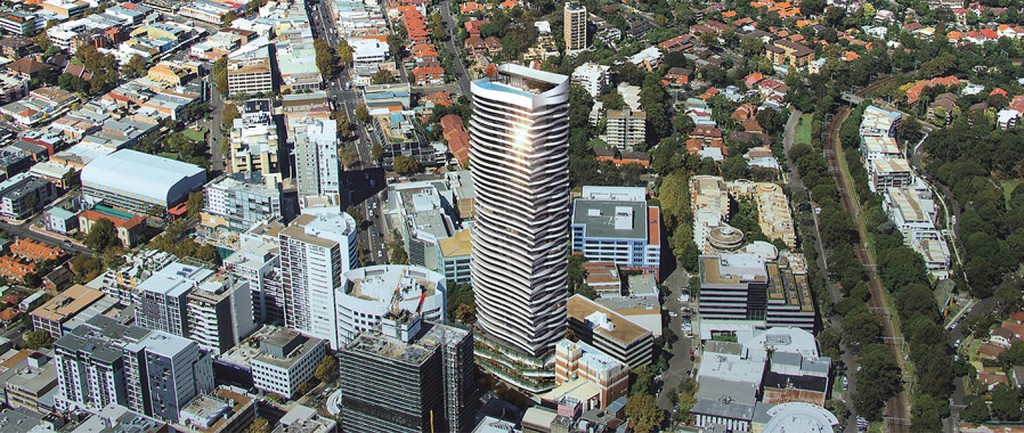China’s New Hope shifts focus to Australia’s city assets

Chinese agricultural giant New Hope is stepping up the pace of its expansion into Australian property, with plans to scout for hotel and office opportunities, in addition to more apartment projects with local partner Vic Investment Management Group.
The group has already started construction of its 43-storey residential tower in Sydney’s St Leonards, but believes it could add another two large-scale residential developments to the pipeline before the end of the year.
“Australia has always been an attractive location for Chinese investment, but property is looking even better at the moment,” New Hope general manager Frank Ru says.
Offshore backing: Chinese buyers join run for Sydney CBD towers
“Property prices here are still much lower than many Tier 1 cities in China, and for that you get clean air, views and a harbour city. They say that prices can’t keep rising, but there’s a phenomenal amount of people who still think prices are very attractive.”
One of China’s top 20 private organisations, New Hope has a sizeable property development arm in China, but its expansion into Australia was formulated after chairman Liu Yonghao visited here in mid-2015 as a delegate consulting on the Australian-Chinese free trade agreement.
As long as you get the good location, you don’t need to worry about the market. It will sell
During his visit, Liu noted strengthening local property prices and favourable demographics, including growing Chinese demand for Australian property at a time when stronger trade ties made it easier to do business between China and Australia.
Within two months of the visit, the group had appointed former Greenland executive Ru to head the local division, and forged a partnership with Chet Qiang’s VIMG, with whom they paid $150 million for Charter Hall’s office tower at 500-520 Pacific Highway.
Founded in 2010, VIMG had developed projects including Melbourne’s 41-storey Peak apartment project on La Trobe Street. However, its sizeable land bank of Sydney development sites, including a business park in Lane Cove and a pharmaceuticals plant in South Granville, offered development opportunities in the medium-term, while chief executive Qiang proved a valuable ally with more than 15 years of experience developing locally.
“There’s a lot of risks when you start up in a new market, so we’re being very cautious. A partnership is a good way to start out,” Ru says.
The partnership is now targeting apartment sites, and has a medium term remit to scout for opportunities throughout the hotel and office sectors. But the residential sector held the most promise in the short term, Qiang says.
Australia has always been an attractive location for Chinese investment, but property is looking even better at the moment
“Every Chinese person wants a better life and a bigger house and so we believe movements on the markets aren’t likely to impact buying plans,” he says.
“There’s phenomenal amount of people who want to buy Australian property.”
The partnership emerged as an underbidder on AMP Capital’s former Coca-Cola Amatil building at Circular Quay, losing the luxury apartment development site to another Chinese-Australian partnership, made up of Macrolink Real Estate and local partner Landream, for $158.5 million.
Ru and Qiang are philosophical about the result, arguing that it is symptomatic of the market’s willingness to pay sweltering prices for sites that offer a brilliant location and water views.
“As long as you get the good location, you don’t need to worry about the market. It will sell,” Qiang says.
This article originally appeared on www.theaustralian.com.au/property.







